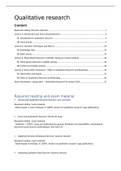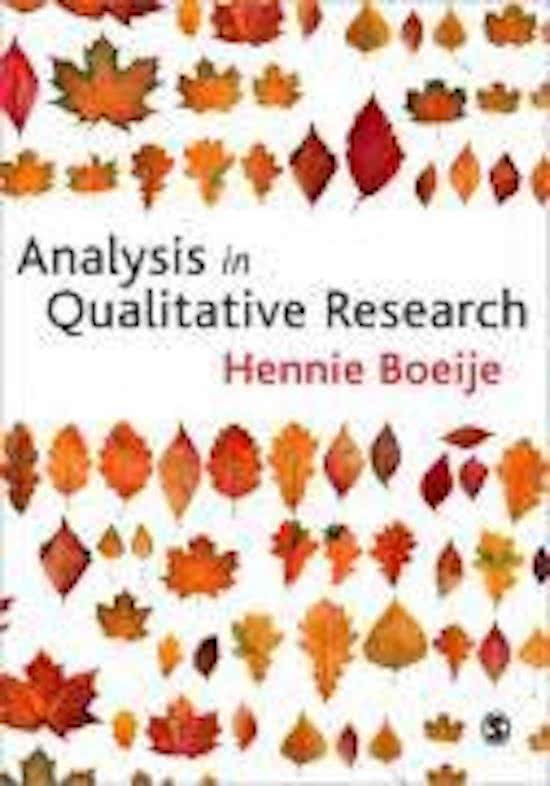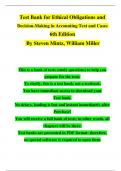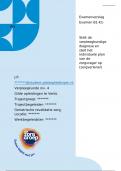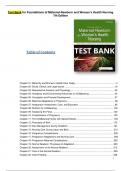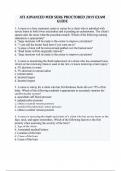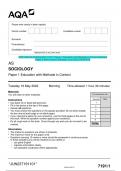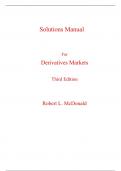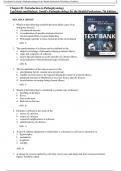Samenvatting
Pre master Communicatiewetenschappen UT - Samenvatting Analysis in Qualitative Research, ISBN: 9781847870070 Qualitative Research
De document omvat alle slides en extra aantekeningen, een samenvatting van de hoofdstukken van Boeije, de links naar de artikelen, waarvan sommige zijn samengevat, en een oefentoets met antwoorden.
[Meer zien]
